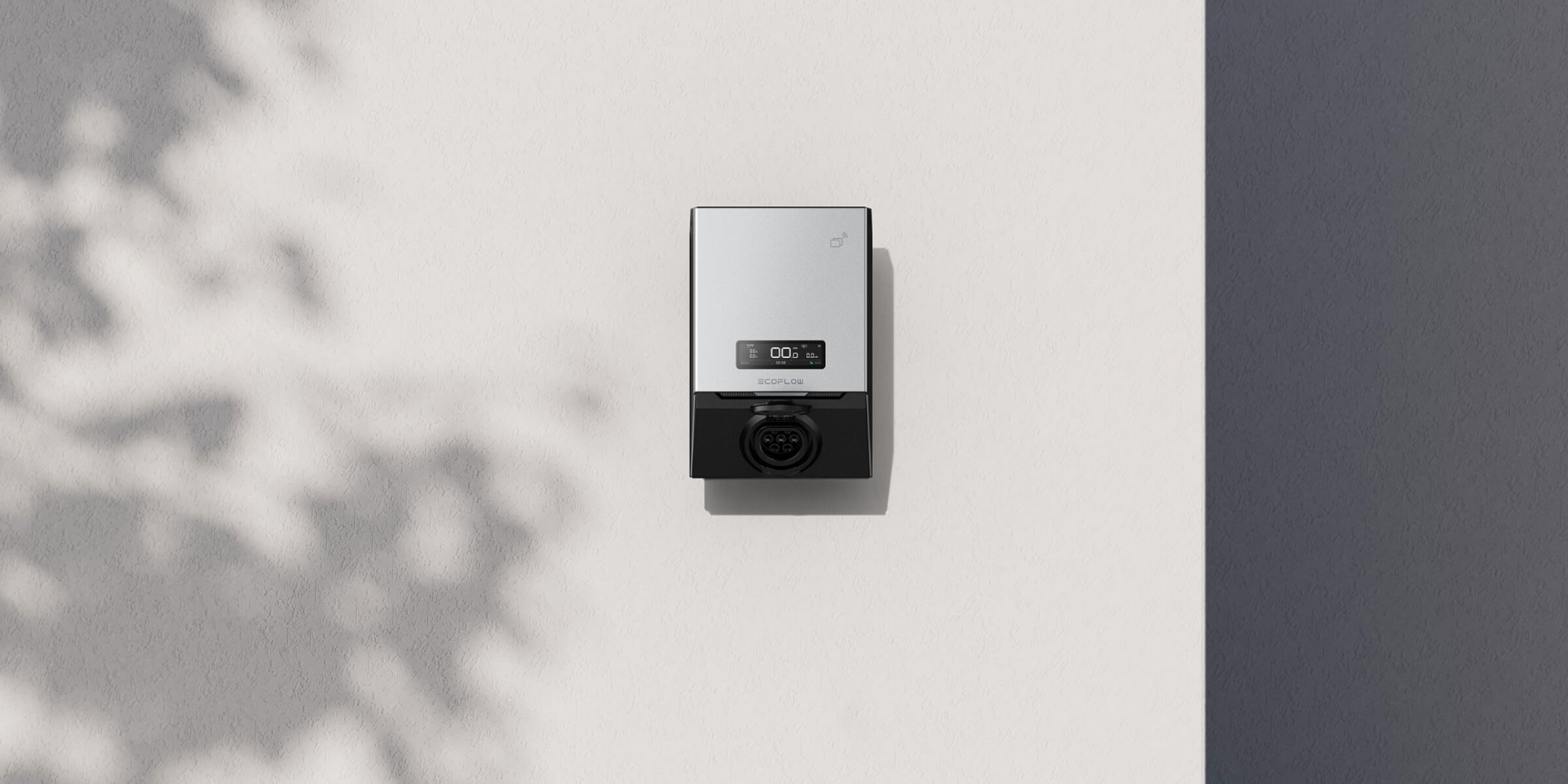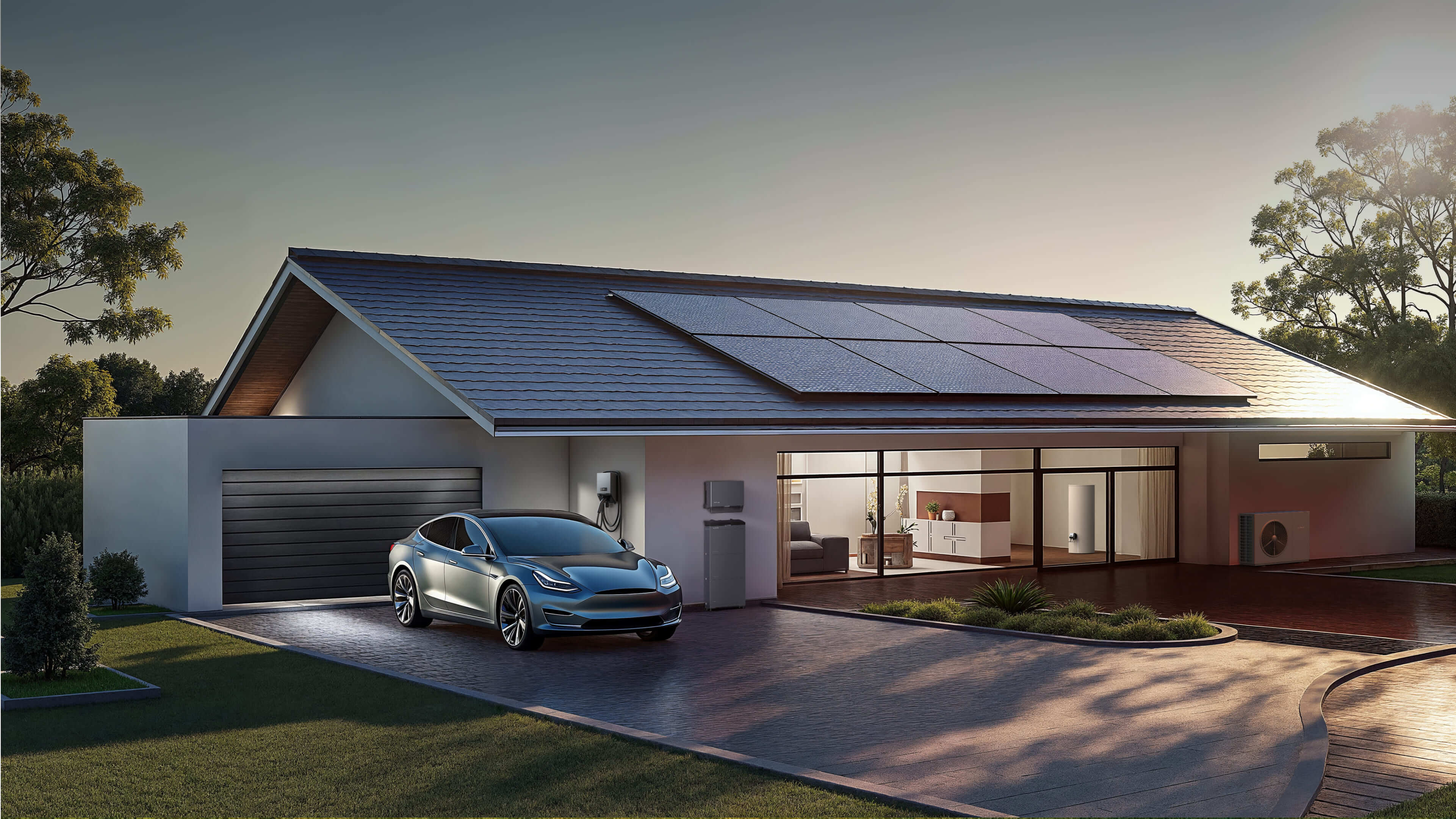A UK Homeowner’s Checklist Before EV Home Charger Installation (2026)
Having your own charger at home could easily pass as the pinnacle of EV ownership. Before you commit to a EV home charger installation in the UK, it pays to check permissions, parking, electrical capacity, and installer options so the whole process runs smoothly.
Step 1 – Confirm permissions and parking for your EV home charger installation
Before you push through with your EV home charger installation, consider first your ownership of the property. Do you own it? Then no need to seek any permission from anyone. Just make sure that you have an off-street parking, either a driveway or a garage, because having one is a requirement for most installs and government grants.
But if you have no off-street parking, you can ask permission from your local council for a cross-pavement charging, where you enclose the charging cable in a gully in your house’s pavement.
Meanwhile, if you are a leaseholder, you must secure a formal written permission from your landlord or the building’s management before starting any EV charger installations. The same goes if you live in a heritage building or a listed property.
Step 2 – Check your OZEV grant eligibility before EV charger installations
The Office for Zero Emission Vehicles (OZEV) offers financial support to help cover the cost of an EV home charger installation. Approved applicants under this EV Chargepoint Grant can get either £350 or 75% off the cost to buy and install a socket, whichever amount is lower.
According to GOV.UK, you are eligible for the grant if:
- You live in a flat that you own (this includes flats bought through the shared ownership scheme), or you rent a residential property
- Your home has its own private off-street parking space
- You own or use an eligible vehicle
EV charger installers are often the ones who apply for the grant for their clients, but they have to be an OZEV-authorised installer.
Step 3 – Plan charger location, cable routing, and EV charger fitting at home
Identify where you want your EV charger installed at home, starting with the spot where you usually park.
Do you park near a wall? Get a wall-mounted EV charger. No worries if not, because you can always have it mounted on a post specifically for it. You might want to consider your future vehicles when deciding on a charging location for ease of use.
Whether it will be put in an open area or in a roofed area, you want to get an EV charger with an IP65 rating, which is ideal for the UK weather. This rating signifies how dust-proof and weather-proof the unit is.
The length of your charging cable matters, of course. The 5-meter option is the standard, but you can have it customised based on your needs. It can be attached to your charging unit permanently, or it can be removable. When choosing between the tethered unit and the untethered one, factor in their convenience, flexibility, and even aesthetic value.
Just a note about the tethered unit: If your charging cable breaks, you might have to get a brand new unit as a whole.
Step 4 – Choose the right certified installer for EV charger installations in the UK
There are certain qualifications you should look for in your EV home charger installer. For one, they should be certified either by the National Association of Professional Inspectors and Testers (NAPIT) or the National Inspection Council for Electrical Installation Contracting (NICEIC). These are government-recognised certifications among such professionals under the Competent Person Scheme.
And if you are planning to apply for a grant, make sure they are authorised by the OZEV too.
But just because they have all these does not automatically mean they provide exceptional service. Search for your installer’s customer reviews and past works, or ask around your inner circle for feedback and recommendations.
Make sure to request a written quote as well, where everything is itemised. This will allow you to manage the financial expectations for your EV home charger installation.
What kind of product or solution are you interested in?


Step 5 – Assess your home’s electrical readiness for EV home charger installation
EV charger installations add a significant load to a property’s electrical system. For utmost safety, you must have an electrician double-check your home’s ability to cater to an EV charger. This ensures your EV home charger installation won’t overload your existing supply.
Commonly, houses run on a single-phase supply, meaning all electrical appliances flow through a single line. This is enough for a 7kW EV charger. However, higher kW home chargers would need a three-phase supply, the upgrade to which can be a bit complex and expensive.
In compliance with BS 7671, EV chargers also need a separate circuit that is duly protected by RCD or RCBO, which automatically cuts down power upon detection of electricity leaks. This is to ensure both the maximum performance of your EV charger and the safety of your household.
If there’s any electrical upgrade needed, inform your Distribution Network Operator (DNO).
Step 6 – Select charger features before you install an EV charger at home
Outright, of course, you’d want an EV home charger with high charging performance. Current power rating options are 3.6kW, 7kW, 11kW; choose based on your home’s electrical supply, daily driving needs, and EV compatibility.
Other features you can consider:
- Smart charging: With a smart EV home charger, you can do a multitude of things to manage your energy consumption better. Schedule your charging sessions, conduct load balancing, and even integrate it with solar or battery storage.
- Capacity for multiple EVs: It would not hurt to get an EV home charger that can handle topping up more than one EV. This will save you from installing yet another home charger in the future.
- Vehicle-to-Grid (V2G) technology: Aside from charging your EV, a V2G-ready charger is equipped with the kind of technology that allows you to either power your home or sell this stored energy to the grid.
DDon’t know where to look? EcoFlow’s Power Pulse 2 is all these and more. Through its EnergyManagement System(EMS) and app, you can control your EV charging sessions right at your fingertips and get data that will be useful for cost-efficient use.

Step 7 – Understand the EV home charger installation process and costs
So you want to inquire about an EV home charger installation. Or maybe you did already. Typically, the timeline would look like this after the fact:
- Agree to a site survey
- Receive your quotation; again, make sure it is an all-inclusive written quotation
- Start ofthe grant application by the installer, if you are eligible
- Installation day
- Unit testing
- Secure your Electrical Installation Certificate (EIC)
Do not let your installer leave without giving you an EIC. This is your official proof that your EV home charger complies with the existing standard regulations and is therefore a safe addition to your home.
For a standard 7kW EV home charger installation in the UK, you can expect to pay around £1,110 before any grants or funding options. Still, even if you have your quotation already, do not be surprised if you have to cover additional expenses.
As with any EV charger installation, instances of cable runs, groundworks, and fuse upgrades are a possibility.
Step 8 – Check safety standards after EV charger installation
Apart from the EIC, keep photos of the day of the installation too—these will be handy for any situation needing proof of your home’s safety, possibly during potential grant disputes.
But while an EIC indeed verifies the safety of your EV home charger installation, it is crucial to remain proactive to uphold the continued safety of your household and your area.
Check your unit regularly for any damage or changes and keep it clean. If yours is a smart charger, make sure its firmware and software are always up-to-date. Most important of all, have a professional regularly conduct electricity tests too.
Pro tips for a smooth EV home charger installation
If your provider does not cover EV charger installations, book an independent installation service in advance so you can have your EV home charger installed as soon as possible.
During installation, make sure that your charger is directly connected to its dedicated fuse box and not through extension leads, which are not built to handle EV chargers. Otherwise, you risk overheating.
And if you are planning on a solar panel and battery storage integration in the future, commit to the idea already and get yourself an EV home charger that is up to it, so you do not have to buy a new one if it happens.
EcoFlow in the smart EV Charging Landscape: PowerPulse 2
With the kind of smart features EcoFlow Power Pulse 2 has, you can integrate this EV home charger seamlessly with solar energy solutions that will make your life more convenient. For one, it can be paired with a solar battery.
What happens is you store solar energy in your battery pack, such as the EcoFlow PowerOcean, and during power outages or peak electricity tariffs, you connect it to your PowerPulse 2 or any compatible EV home charger and top up your EV without worrying about electricity costs.
Installing an EV charger at home is a long-term investment. Make sure your chosen unit works seamlessly with today’s smartest home energy technology so you get the best value over time. Consult with us today and explore the features of EcoFlow PowerPulse 2 and the innovative technology of home EV charging.

FAQ Section
What is needed to install an EV charger at home?
First things first: An off-street parking space and an electrical supply compatible with an EV charger.
Can I self-install an EV charger?
No. You need a qualified installer to fit an EV charger at home safely, especially if you’re applying for a grant.
Where is the best place to put an EV charger at home?
In your driveway or garage, where you normally park your EV.
Is it worth having a 22kW charger at home?
It would not likely match your car and your home’s single-phase supply. A 7kW EV home charger is already ideal.
How far can a car charger be from a fuse box?
There’s no standard, but the farther it is, the more expensive it will be.


